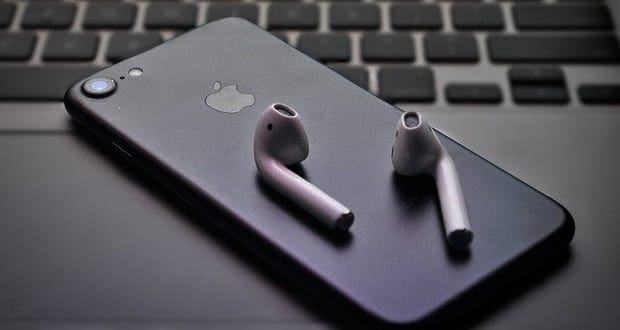When 3D printing, the first layer of a print is critical to the success of the rest of the print. If you’re particularly unlucky, you can end up with potentially catastrophic results for your print. For example, the first layer not sticking properly, eventually causing the print to shift or topple. It cannot be enjoyable if you’re able to get prints to work. But find that the first layer is messy when you remove it, especially if the details of a design get blurred together. Or if your intention was for the underside of the print to be a visible surface. A messy first layer can also cause the rest of the print to look a little messy. As the material, it’s built on isn’t what you expect.
Troubleshooting Tips for a Messy First Layer
One of the main causes of a messy first layer is the print bed not being leveled correctly. If the print nozzle is too close to the print bed in some areas, it’s possible that the filament blobs get squeezed out the side or can’t even come out at all. The material can then be pushed away again by the nozzle when it comes past again in the next line in the print. If the print head is too far from the print bed, you can end up with the printed filament not ending up quite where it was intended.
The exact steps to level your print bed will vary by printer, so check your manufacturer’s instructions. Typically, the process involves instructing your print head to move to the home position – 0, 0, 0 – and then adjust the leveling screws in each corner. So the print bed and the print head are separated by the thickness of a sheet of paper across the whole printing area. Often resulting in untidy lines and even potentially causing the print to come unstuck from the print bed.
Other Causes
Another potential cause of a messy first layer is the temperature of the print bed being too hot. This can cause the printed material to stay molten for too long, resulting in it oozing away from its intended location. Especially if it doesn’t cool properly by the time you print more layers on it. To resolve this issue, try lowering the print bed temperature in five-degree increments. In contrast, your prints continue to stick to the print bed. You can also try increasing the speed of your cooling fans and reducing the print head temperature.
3D printing is a complex process that can require a lot of calibration to achieve high-quality prints. Hopefully, these tips can help you to fine-tune your printer settings to address messy first layers. Don’t forget to share your thoughts in the comments below.


